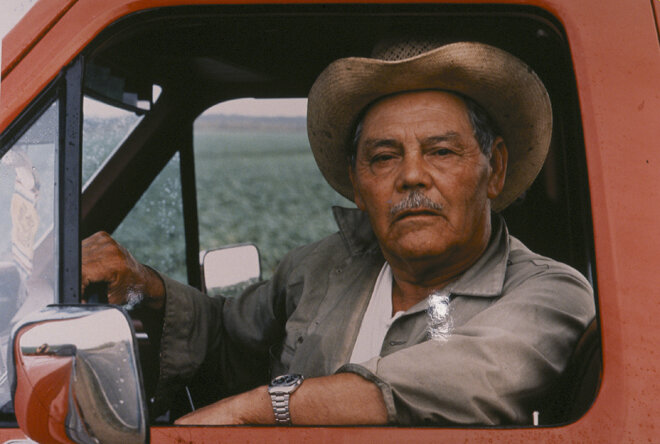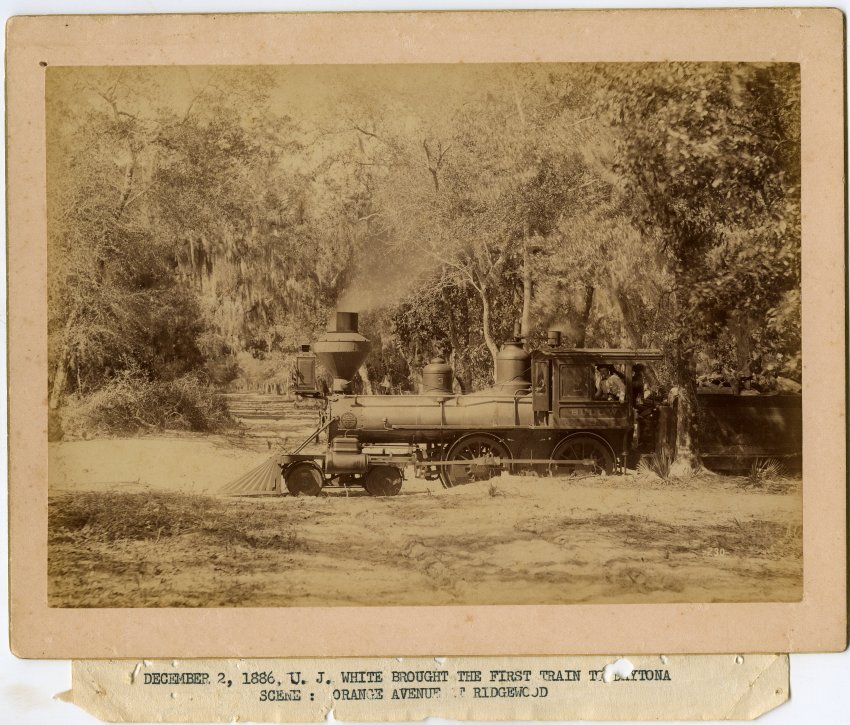(Re)Framing Florida
Kelly Flynn
The Housing Project - Miami captures a segment of a lifestyle, frozen and framed into a picture. This series contains portraits of the humble homes in Coconut Grove, MidTown, Wynwood, Little Havana, and South Miami areas. The idiosyncratic tropical vocabulary of these icons of the hybrid cultures is what makes Miami such an intriguing cultural stew. The homes range in personality from simple to flamboyant, wildly colorful to deadpan, and exude the personalities of the families they shelter.
“These pictures were taken while driving by, choosing houses for whatever caught my eye, mainly focusing on the front facade. Each picture intends to be its own enlarged snapshot of that specific day, at that time, of that family's personal life and how they expose themselves to the outer community. I continue to document these homes because they are on the verge of extinction due to ever increasing land value around the Miami area. People are being forced out of their neighborhoods as the surrounding downtown area is being expanded by mansions and high-rise condos for the rich. In my opinion the houses that I choose to photograph have far more personality, meaning, color and excitement then what is being built on top of them.”
– Kelly Flynn
Karen Glaser
Karen Glaser started her artistic career as a printer and later became a photographer when she began using an underwater Instamatic camera. Glaser learned to scuba dive, and with her underwater camera, she began photographing the springs of North and Central Florida with available light alone. Glaser captured photographs of manatees and other wildlife before shifting focus to the underwater landscapes. She saw the underwater scenes as not only habitats for wildlife, but also as landscapes able to stand on their own as meaningful artworks. Glaser’s work is inspired by the wondrous ecological diversity that Florida has to offer.
Lee Dunkel
Lee Dunkel’s photographs have been noted for their uncompromising consistency and startling beauty, referencing nature through a shimmering black-and-white palette. She characteristically explores a geographical location over a long period of time, often years, allowing her to capture subtle changes in the landscape.
“Lee Dunkel explores the landscape in a unique and compelling way. The eloquent black-and-white images of details and forms in nature show the biological cycles of growth, decay and renewal in nature to form some of the most important and compelling photographs ever made of the Florida landscape. No other photographer has so consistently and successfully created photographs that draw out the uniquely expressive and poetic possibilities of Florida’s natural world.”
— Kevin Miller, former Director of the Southeast Museum of Photography
Alex Webb
From the Sunshine State is a captivating documentation of Florida through the lens of photographer Alex Webb. Rather than the stereotypical images of picture-postcard beaches and perfect Art Deco architecture, this eclectic collection of photographs reveals another side of "the sunshine state." Through his travels from Fort Pierce and Daytona Beach to Key Largo, from Suwannee and Apalachicola to Disney World, Webb's vivid and compelling images reflect an exploratory and questioning approach to his subjects, both people and places. Capturing the diverse cultures and subcultures of Florida, these photographs are at times political foray and sociological documentation, and are at times ironic, impressionistic records of the passage of human lives in society. His accompanying text describes his physical and emotional journey across Florida, giving the viewer a special insight into his personal and unique vision.
Gordon Parks
In 1943, Gordon Parks (1912-2006) was a photographer working for the Office of War Information when he was assigned to Daytona Beach to photograph Mary McLeod Bethune and the school she had founded, Bethune-Cookman University. BCU is one of four historically Black colleges in Florida. Parks stayed on assignment for several weeks and photographed not only life at the college but also the Daytona Beach neighborhood known at that time as Midway. These historic photographs present a glimpse of the African-American community, culture, and daily life in Volusia County during segregation.
E. G. Harris
Born Edward Gibson Harris in 1854, Harris became Daytona’s first year-round photographer with an established studio from 1883-1906. In April of 1883, Harris and his wife, Nellie, along with his parents relocated from Cincinnati to Holly Hill, where his father established a grocery store along the Halifax River – featured in one of the photographs in this display.
There were three known locations of Harris’ studio in Daytona – North Beach Street (1885-1888), Volusia Avenue near Beach Street (1888-1897) and South Beach Street just south of Orange Avenue (1897-1906). Nellie Harris is believed to have helped in the photography studio as an assistant, painting studio backdrops of topical settings and hand-coloring portraits.
Dick Punnett, a local historian and authority on E. G. Harris, estimates that Harris took between four and five thousand images during his 23-year period as a professional photographer in Daytona, based on the numbering system with which he signed his work. The SMP owns a significant portion of this collection.
Harris knew early on in his career that shooting images to promote the Daytona area would be a profitable venture. A number of his photographs were used by publishing companies as postcards to promote tourism and direct potential real estate investors from the northern states who might winter in Florida to the Volusia county area. Because of this, the Harris collection consists of a vast variety of urban landscapes, along with portraits that display the fashions of the time and other images of modernity that document life at the turn of the century.




































